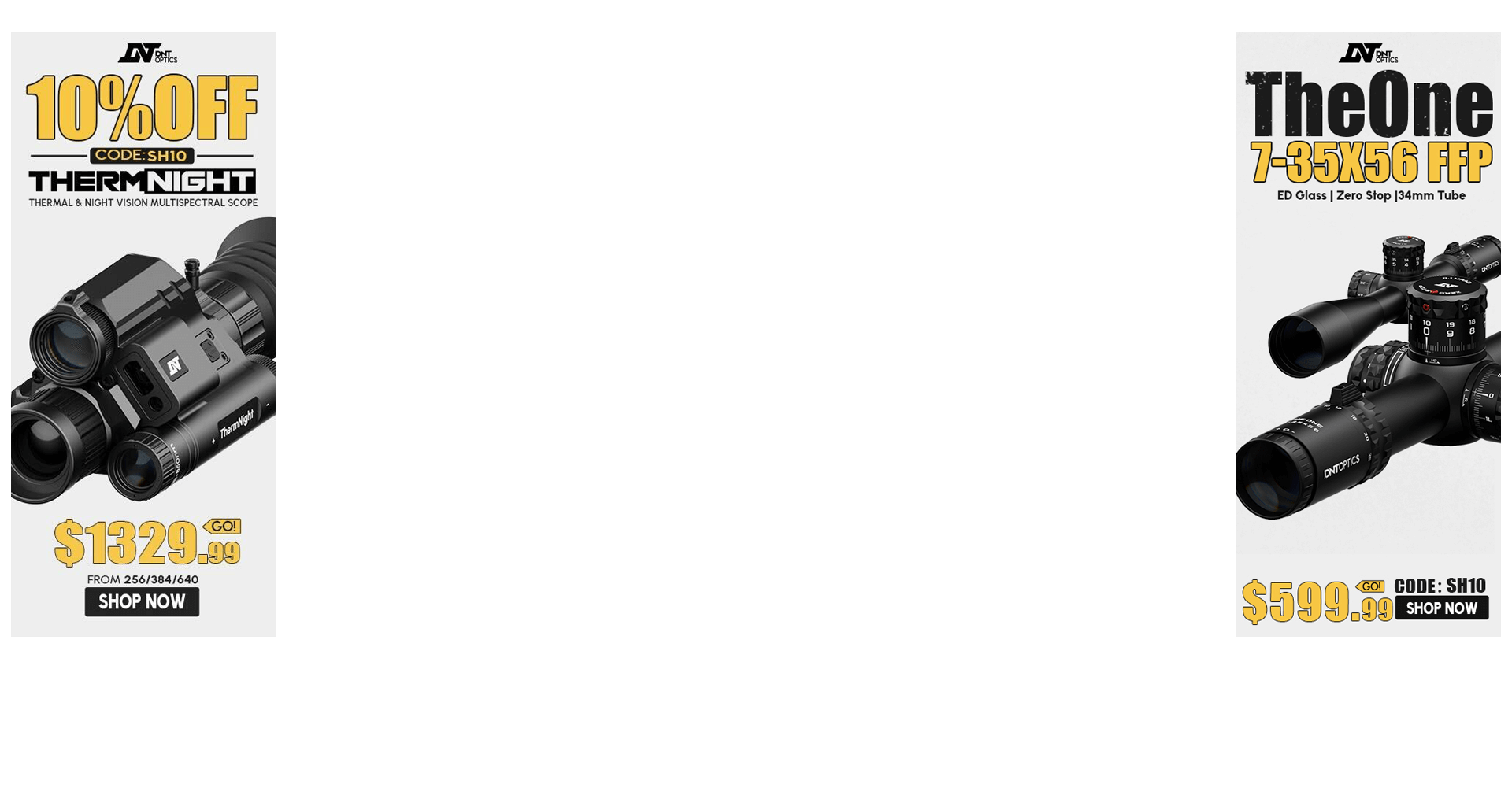If I am understanding this correctly, the barrel life usually dies at the throat and beginning of the lands.
If one had a heavy profile barrel that would allow cutting off an inch or two and re-thread and chamber increase the usable life of the barrel?
I have heard of people buying "shot out" barrels, and cutting them down for a smaller chambering in the same caliber - I.E. taking a 6.5 SAUM or CM and cutting down for a BR or Grendel.
If one had a heavy profile barrel that would allow cutting off an inch or two and re-thread and chamber increase the usable life of the barrel?
I have heard of people buying "shot out" barrels, and cutting them down for a smaller chambering in the same caliber - I.E. taking a 6.5 SAUM or CM and cutting down for a BR or Grendel.

